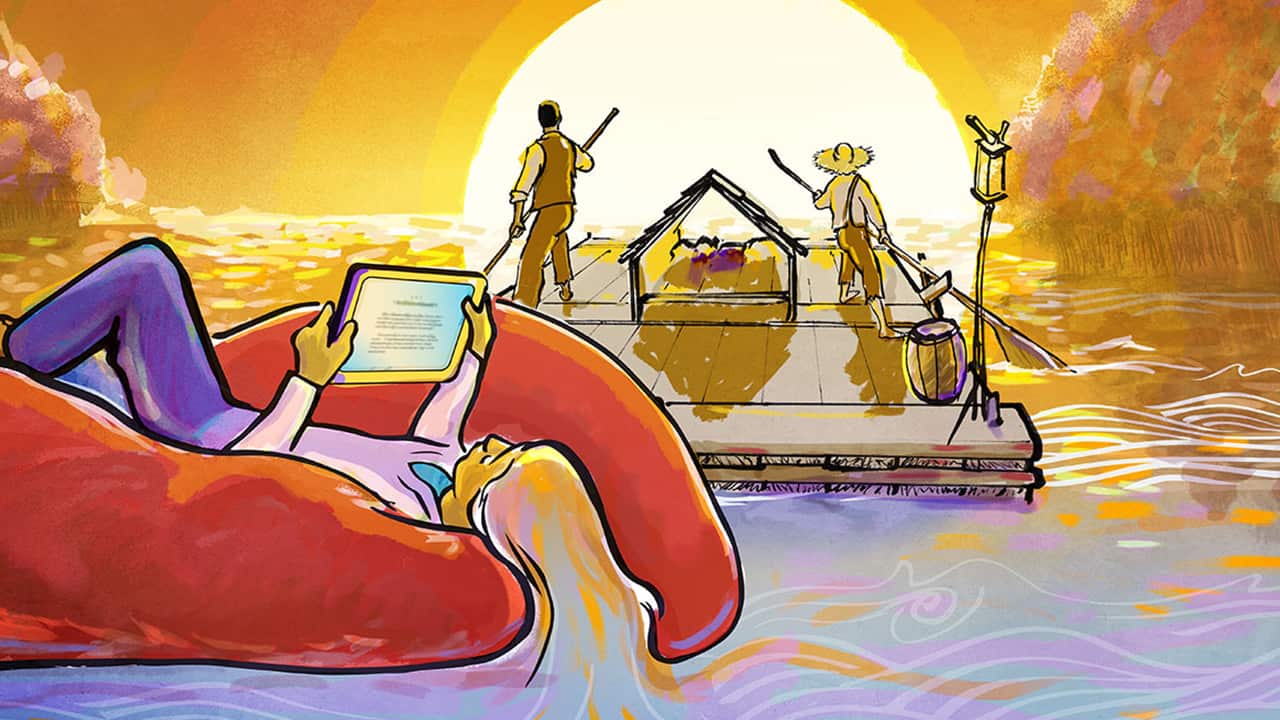The best pre-reading activities give students background knowledge and a frame of reference to draw upon as they read. These are critical for helping students make better connections to the text, which enhances their understanding. Here are my top three pre‑reading hacks to help struggling readers get more out of the literature they study.
1. Build background knowledge with organizers
An advance organizer is a tool to introduce topics that will be explored in a course of study. In terms of literature studies, it is a kind of preview to help students better understand the new material they are going to be learning about. The following are some of the most common ones I have used to give my students background knowledge on particular subjects.
KWL charts

KWL stands for “Know,” “Want to Know,” and “Learned.” I ask students to divide a piece of paper into three columns and label them with the three terms. Then I ask them to write what they know about a particular topic, like sinkholes, for example. Next, I ask students to write what they want to know about sinkholes. Under the sinkholes information in the first column, I might ask students to write what they know about another topic, like solar eclipses. I continue this process until all the thorny concepts from the literature we’re studying have been previewed.
Graphic organizers

The concepts of sinkholes and solar eclipses are important background knowledge for reading the book Tangerine by Edward Bloor. In my class, we made a web of various facts and descriptions, including pictures, for each topic based on what we read. Since sinkholes and eclipses are two topics that shape much of the plot in the book, these webs helped the students better understand the situations that the characters faced. Plus, having them prominently posted in the room made a great reference tool during class discussions!
Connecting with real-life examples
It can be very helpful for students to be able to relate something to new knowledge. For example, living in Florida means I have heard some stories about famous sinkholes, including one that opened up under a resort. It was easy to find a news report of that incident to show to students, which gave them a real-life example to connect to when we read about the sinkhole in Tangerine.
2. Play-based learning using a multisensory approach
Another way to give students background information about a text is to play a game. Students love games because they make learning fun. Games create anticipation and friendly competition, both of which are highly engaging and cause students to develop positive, memorable connections to the material.
For example, when my class was reading the play version of A Christmas Carol, I wanted my students to understand what Victorian London was like at the time in which the play was set. So, I set up a game for which I wrote down roughly 25 facts and “fictions” about this time period. I stapled each one inside a manila folder with a number on the outside. I handed out the folders to every student in the room and randomly selected a student to come to the front of the room.
Then, I asked all the students in their seats to hold up their folders. The one at the front of the room picked a number. The student holding that numbered folder read their information out loud, and the person at the front had decided whether it was a fact or “fiction.” If they were correct, they got to hold the folder and pick again. If the student answered incorrectly, then the one who was holding the folder kept it and came up to the front to have a turn. I continued this process until all the facts and “fictions” had been revealed.
Of course, we stopped and talked about some of the topics along the way. My students were horrified to learn that they were old enough to have been sent to work in a factory in Dickens’s time! As you can imagine, this was an activity that stuck with them and helped inform their understanding of A Christmas Carol in a much richer way.
3. Create impactful memories
The last memorable way to build background knowledge is to have a kind of event in the classroom. One day I really wanted to drive home the importance of accountable talk in partner or small-group discussions of literature. So, I came to school with one ponytail on the side of my head, one long sock and one short sock, my shirt on backwards, and two different shoes.
My students were all murmuring about me as they entered the classroom, and I pretended that it was just any old day. As I began class, I said sheepishly, “Is something wrong?” Then nervous laughter rang out as one small voice said, “Mrs. Spangler, did you get up late this morning?” I asked, “Why?” “Well, your shirt might be on backwards.” “Oh, my goodness! How can you tell?” The student then told me they could see the tag of my shirt. I responded with, “Thank you so much for telling me and for being so kind about it! Did I miss anything else?” Soon others were willing to politely offer me specific suggestions to tidy myself up.
Once I was sorted, I told my students that I did this on purpose because this is how accountable talk should work: “One person should ask a question politely, and the other should respond, equally as kindly and with a high level of detail. Otherwise, how could someone know that their shirt was on backwards? They might not know their tag was sticking out and might just think others were laughing for no good reason.” This experience made the expectations for discussing literature easier to understand because now my students had a model to refer to when they were meeting in small groups. It also created stronger conversations because they had a procedure to follow for taking turns asking and responding to questions.
Providing my students with pre‑reading strategies as outlined above led to better understanding of difficult material. Whenever we read about something that may be a bit thorny to understand, I can refer back to what we did to pre‑read and remind the students that they know something about this topic: “What do remember from our (graphic organizer/game/event)? See? You know things about this text!” This not only serves to build reader confidence, but also helps to create stronger conversations for current and future literature studies—all thanks to a little pre‑reading.



